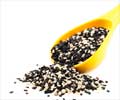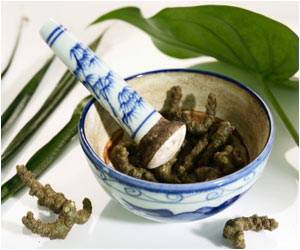A new biomaterial derived from tamarind seeds could help regrow damaged nerves in the brain and spinal chord, says an Australian researcher.

Within plants, xyloglucan plays an important role in linking cells together and Mr Rodda has been studying its effects in animals with damaged nerve cells.
The compound developed by Mr Rodda can be injected into an injury site as a liquid, before becoming a gel as it reaches body temperature.
Once in place, the gel acts as a support structure through which healthy cells can migrate and potentially reattach themselves to the nervous system.
Until now, all damage to the nerve cells of the central nervous system - the brain and spinal cord – had been considered irreparable.
Mr Rodda said the lack of repair, or regrowth is due mainly to the toxic environment left behind after nerve death.
Advertisement
“After injury, new cells cannot normally penetrate into the empty space left after mass cell death. Cells clump at the edges, forming an impenetrable barrier. This leaves the centre of the wound as a lesion, which contains chemicals that kill growing nerves.”
Advertisement
Significantly, it was the helper cells, known as astrocytes, which were the first to move into the implanted gel. These cells secrete beneficial chemicals, which may have helped create an environment in which the delicate nerve cells can survive.
Mr Rodda’s study is part of a worldwide effort to encourage nerve regeneration in the brain and spinal cord. It builds on previous work at Monash University to understand and control nerve growth using biomaterials.
Source-Medindia









